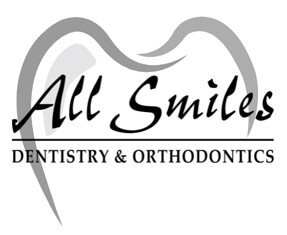
August 22, 2024
Taking care of your teeth is essential for your health, and when it comes to saving a tooth that has been damaged, dental crowns can truly make a difference. If you’re interested in learning more about what a dental crown involves, the different types available, how the procedure works, or other options besides crowns, you’ve come to the spot! Let’s dive into it in a clear way.
There are several reasons why your tooth may be better off with a dental crown.
After getting a crown, you might be wondering how to properly care for it. Luckily, looking after a crown is quite similar to taking care of your teeth. Here are some tips to keep in mind:
Dental crowns are pretty tough. Most crowns hold up well for 10 to 15 years, sometimes even longer, especially if you take good care of them. Metal crowns tend to have the longest lifespan, while porcelain ones may wear out faster if exposed to constant grinding or biting hard foods.
The better your dental habits, the longer your crown will last. That means brushing, flossing, visiting your dentist regularly, and skipping things like nail-biting or using your teeth to open stuff.
If your dentist has recommended a crown and you choose to delay the treatment, there are potential risks. A tooth that’s already weakened by decay or damage may continue to deteriorate. Over time, this can lead to:
Getting a dental crown is not the end of the world. In fact, a crown may strengthen your tooth to help it stay a part of your smile for many years to come. If you are worried about a damaged tooth, consult a qualified dentist to know your options and help you decide if a crown is the best fit.
| M | T | W | T | F | S | S |
|---|---|---|---|---|---|---|
| 1 | 2 | 3 | ||||
| 4 | 5 | 6 | 7 | 8 | 9 | 10 |
| 11 | 12 | 13 | 14 | 15 | 16 | 17 |
| 18 | 19 | 20 | 21 | 22 | 23 | 24 |
| 25 | 26 | 27 | 28 | 29 | 30 | 31 |
